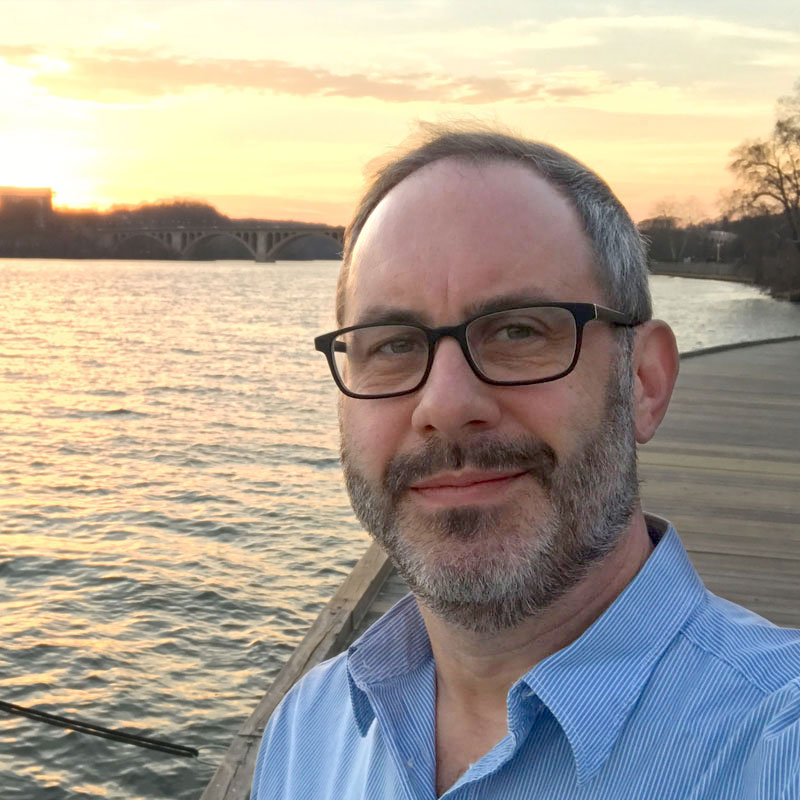Plenary 2
Tuesday, October 8
16:10–17:10

Life After Launch: A Snapshot of the First 6 Months of NASA’s PACE Mission
Jeremy Werdell, NASA Goddard Space Flight Center, USA
The road to launch was a long one, encompassing 20 years that were peppered with numerous concept studies, a science definition team report, “optional” instruments, mission cancellations, a government shutdown, multiple community science teams, shattered prisms, advanced retrieval evaluations, and a global pandemic. What a long, strange trip it’s been. Now finally on orbit, PACE stands on the shoulders of some true international giants and fills a fairly unique niche among its contemporaries. In the months since launch and initial data release, the PACE Project applied instrument temporal and system vicarious calibrations, pursued cross-instrument comparisons, conducted performance assessments, explored synergies with other missions, and released advanced science data products. In parallel, the PACE Validation Science Team left for the field and the Post-launch Airborne eXperiment (PACE-PAX) executed its mission. And, most importantly, preliminary science results were realized.
Here, I describe the challenged journey to orbit, attempt to place PACE appropriately in the current consumer’s market of ocean color instruments, and present a snapshot of post-launch activities and their impacts and outcomes, encompassing the first half year of the PACE mission.
Questions?
Contact Jenny Ramarui,
Conference Coordinator,
at [email protected]
or (1) 301-251-7708
